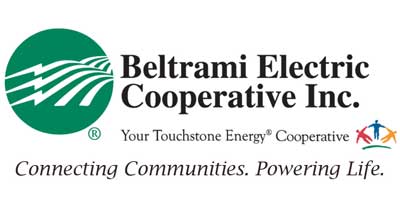Your electric service is very reliable, but outages can happen due to animals, trees, wind, car accidents, etc. That's what makes backup power so valuable. During an outage, a home generator charges your electronic devices, keeps your food cold or powers critical medical equipment. Purchasing a home generator can seem a little daunting, however. Here are some tips on choosing the right unit for your needs and operating it safely.
Types of home generators
There are two basic types of home power generation systems available:
Portable generators are fueled by gasoline, diesel or propane. Prices range from about $400 to $1,500, depending on size. Most units vary in size from 1 to 10 kilowatts (kW), with mid-sized sets at about 5 kW being the most popular. Portable units are easy to use. However, they provide limited power and they must be refueled periodically.
Standby units are mounted on a concrete pad outside the home, like an air-conditioning unit. The generator is connected to the home by an automatic transfer switch, which prevents the generator from sending electricity back to the grid. Within seconds after an outage, the generator starts the electric circuits in the home. When power is restored, the generator is automatically disconnected, and it powers down.
Standby units are typically fueled by natural gas. They offer the following benefits:
- Direct link to the gas line; no need for refueling
- Automatic on and off; no manual starting
- Typically higher wattage (W) than portable units
Standby units are more expensive, ranging from $2,000 and up, and must be installed by a qualified local contractor.
Sizing your unit
So, how do you choose the right size generator for your home? The answer depends on what you want to use it for. For powering some lights and several appliances, a small portable unit would work. For long-term protection, including an air-conditioning unit, a standby generator would be the better choice.
Add up the total wattage of the equipment or appliances you wish to run. Check the owner's manual or serial plate for wattage rating. Some appliances, such as refrigerators or dishwashers, have a start-up wattage that is higher than the running wattage. This must be calculated in the total. If no start-up wattage is listed, assume it's three times the running wattage.
For example, refrigerators with freezers draw 700 W of power—with a startup wattage of 2,200 W—and clothes washers draw 650 W with a startup of 2,000 W. Microwaves draw 1,200 W and TVs draw 55 W; neither requires start-up power.
Generator safety
If used properly, generators are a safe and effective means of providing backup power. Follow these tips to help protect your home and family:
- Don't attempt to connect your generator to the electrical system. The electricity you generate can back feed to utility lines, where it can endanger utility service personnel.
- Make sure generators are properly wired for your home.
- Never plug your generator into an outlet.
- Use properly sized and grounded extension cords.
- Proper ventilation is a must for portable generators. Fuel generators produce deadly carbon monoxide fumes.
- Make sure the total electrical load on your generator doesn't exceed the generator's rating.
- Handle fuel carefully. Turn the generator off before refueling and store fuel in a safe location.
- Standby units should be installed by a qualified contractor according to the National Electric Code and local building codes.
GenerLink
Safely connect your portable generator to your home with GenerLink, a meter collar device that makes connecting your generator SAFE and easy! GenerLink allows you the flexibility to select what you want to run using your home's circuit panel and eliminates the use of extension cords.
Contact Beltrami Electric Cooperative to purchase a GenerLink to work with your generator. Learn more here:
With proper selection and operation, you'll have backup power that will keep you safe and comfortable during any outage.
